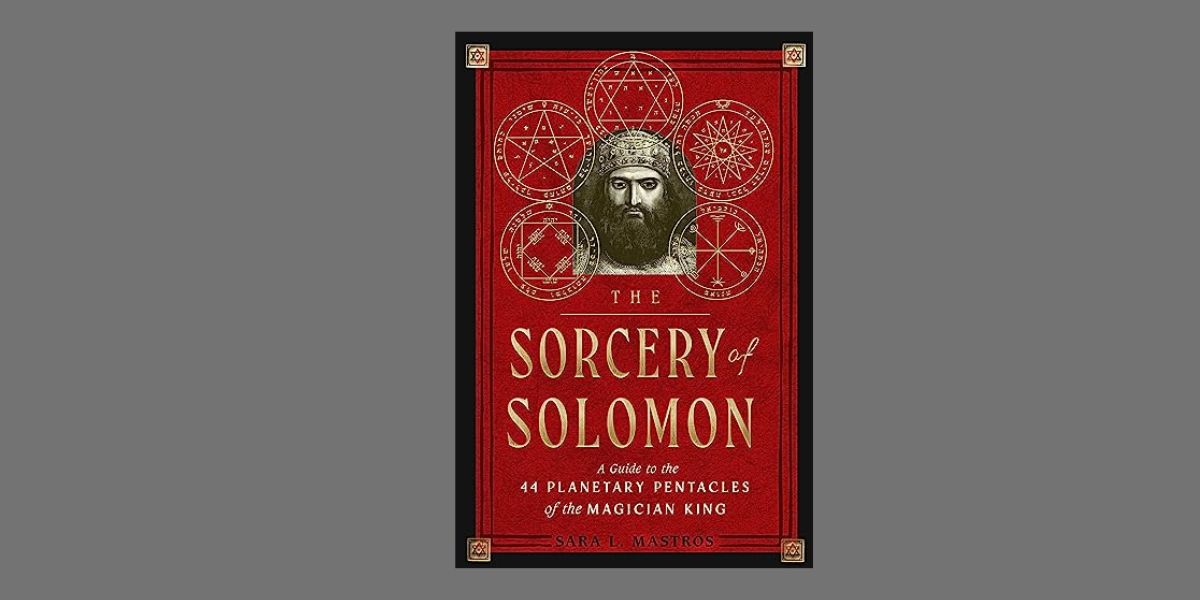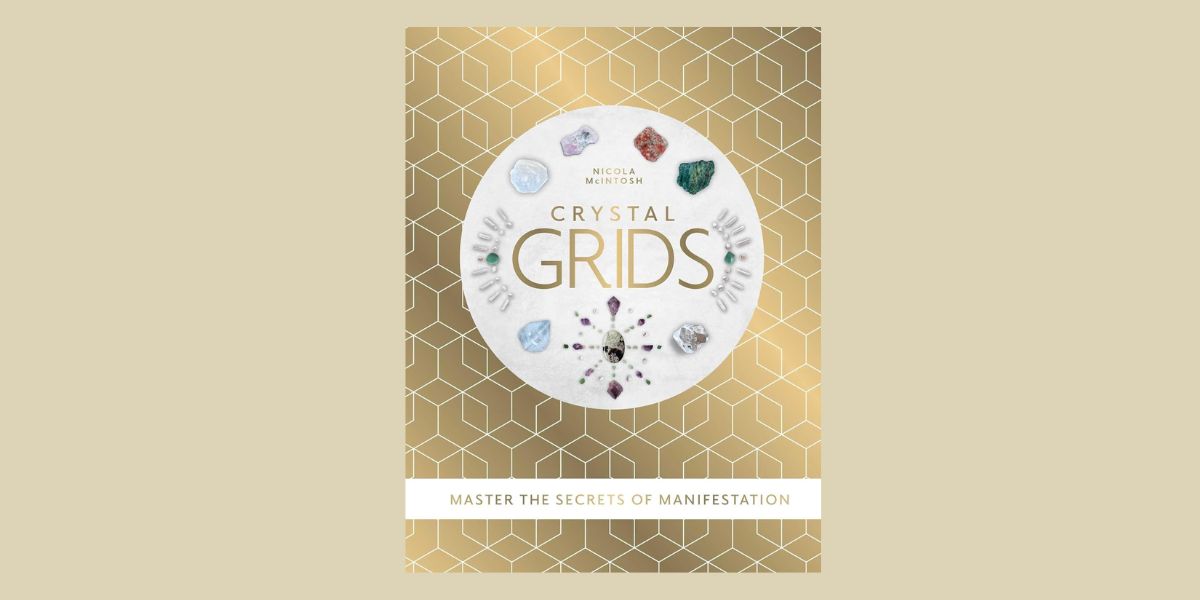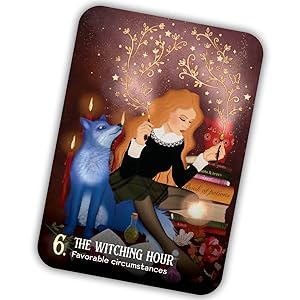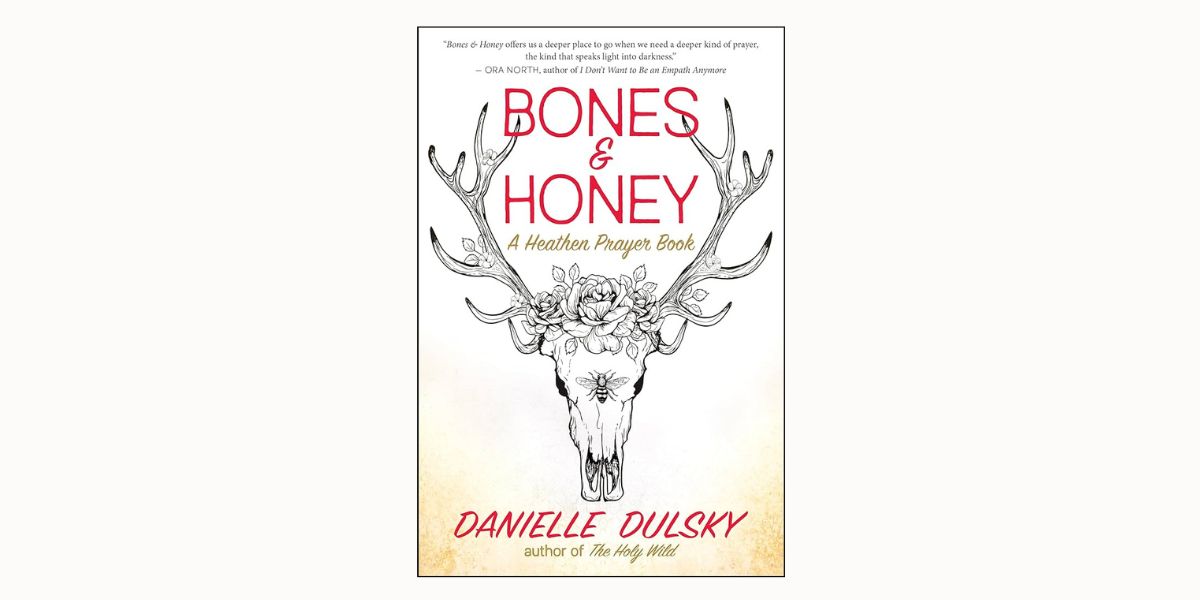
Tarot for the Hard Work: An Archetypal Journey to Confront Racism and Inspire Collective Healing, by Maria Minnis
Weiser Books, 1578638070, 280 pages, January 2024
Everyday we are confronted with choices about who we are as a collective as outdated systems are questioned and dismantled, especially those that have oppressed and disempowered Black, Indigenous, and people of color (BIPOC) individuals and groups. I believe change starts within, but it’s not always easy to do the inner work, nor is there a step-by-step map about how inner work translates to external activism. Many of us turn to tarot for answers; we trust the wisdom of archetypes for our own guidance and personal growth. Can this wisdom system we know and love be used for more? Absolutely, and that’s what Maria Minnis has revealed in Tarot for the Hard Work: An Archetypal Journey to Confront Racism and Inspire Collective Healing.
In this book, Minnis teaches how the tarot can be used as a tool for inner work, activism, and community transformation through the archetypes. Using the symbolic language of the tarot, Minnis leads readers through major arcana, providing perspectives of how their attributes can be utilized to foster change, prompt self-reflection, lead to more self-awareness, and consciously begin to dismantle racism.
“Tarot for the Hard Work is a tool for passionately demolishing structural oppression. It’s a tool for white people who want to use their privilege for more liberation. It is a tool for Black and Brown people living in a structurally racist society intent on selling self-hatred and shame to marginalized people and capitalizing on their pain. It is a tool for both tarot newbies and tarot experts. It is a tool for action. It is a tool for going beyond baby steps. It is a tool that can offer great satisfaction as well as great difficulty. It is a tool to expand your comfort zone. This is a tool that requires your presence for it to work.”1
Each chapter follows the same structured pattern, which provides a nice container for the content. The chapter begins with an inspirational quote at the top and then a description of the card. The description highlights the point in the journey (ex. How the Empress relates to the prior cards–Fool, Magician, High Priestess) and also bullet-pointing the services the card contributes to the cause. Next, for every card, Minnis guides readers to form “embodied keywords” from gazing at the card, becoming the archetype, studying the imagery from a liberation perspective.
The succeeding section of the chapter focuses on the card in liberation work followed by a section correspondences associated with the card. Minnis provides lists of how the card can show up both in a balanced and imbalanced way, leaving room for readers to fill in a space about ways their relationship with the card feels when balanced and imbalanced.
The section that differs the most chapter to chapter is the next as it is information personalized to the card related to a method of dismantling racism. For instance, the Wheel of Fortune chapter section is titled “Intersecting Race and Disability Justice”, while the Lovers chapter is “Choosing to Redistribute Wealth”. These sections are followed by exercises that range from downloading a related book or podcast to doing a social media audit to thinking about these issues when creating a budget. I think these sections are my favorite part of the chapter because I’m a do-er. I thoroughly enjoy all of Minnis’s tarot information, but these sections feel like the nitty-gritty I’ve been wanting to delve into, so I really appreciate her ample suggestions of how to take direct action. Her recommendations of books, movies, meditations, songs, etc. are impressive – and I’ve already gained a lot from taking the time to do the exercises.
Moving onward, the following section focuses on identifying as the card. Minnis includes about twenty qualities and suggests readers circle ones they already embody, draw hearts around ones they want to embody more deeply/frequently, and squares around qualities they want to transmute or avoid. Once again, readers get the chance to be hands-on in their reading; there’s something about putting pen to paper in the book that feels like I’m acknowledging my qualities and calling in the ones I want more than just thinking about them. The following section is affirmations, which further heighten my connection to the card, particularly in regard to a liberation work aspect.
My second favorite section is next: magical practices to conjure the card. Minnis doesn’t give specifics, but the list of ideas is once again enough to get the creative ball rolling on how you can make a difference in your personal practice. Some suggestions are specifically related to a magical practice, such as “Perform a protection spell.”2 or “Embody benevolent ancestors.”3, while others are more focused on direct actions that can be magically inspired, such as “Review and diversify your news sources.”4 or “Offer community to isolated people.”5
The final sections are focused on becoming the archetype. Minnis offers readers the opportunity to set their own objective (personal, relational, or collective) related to the energy of the card’s archetypal energy. There is space to write down the specific intention, as well as the time one plans to embody that tarot card in their liberation work, why this work is important, and an affirmation they will repeat to support their intention. After this, there’s one last section for readers to reflect and write about their experience, noting their successes, setbacks, and other reflections that came up during their experience working with the archetypal energy.
But wait! That’s not all. Minnis is guiding readers to be fully equipped for doing the hard work of dismantling racism, and so, at the end of every chapter is a page on “Building a Toolkit” that has a specific action readers can take and questions that make them identify the situation and how they can remedy it. For instance, the toolkit suggestion for the Empress is “Defend Public Spaces” with questions such as “How can you help preserve public spaces, particularly for BIPOC?”6. This toolkit prepares to have conversations about these important topics, giving them the food for thought needed to arrive at their own opinions that can be shared with a wider community to make a change.
Even though it’s only January, I feel confident in saying Tarot for the Hard Work will be one of the best tarot reads this year and the one I will be consistently recommending to other tarot enthusiasts. Not only does Minnis unlock new insights about the archetypes of each major arcana card, she has beautifully crafted a whole hero/heroine journey for readers to undertake themselves with her activities, prompts, and space for reflection. Tarot newbies and experts alike have so much to gain from reading this book, and it cannot be overstated how relevant and necessary inner work is to acknowledge racism, privilege, and barriers to change within ourselves in order to shift the detrimental structures of our society.
For those interested in Minnis’s work you can learn more about her here on her website.
Alanna Kali is an astrologer, numerologist, and pioneer spirit that loves to explore life through the lens of depth psychology. She has a passion for studying the humanities and social trends. Her academic work is centered upon reuniting body, mind, and spirit through eco-psychology. She loves reading, spending time in nature, and travel.





























